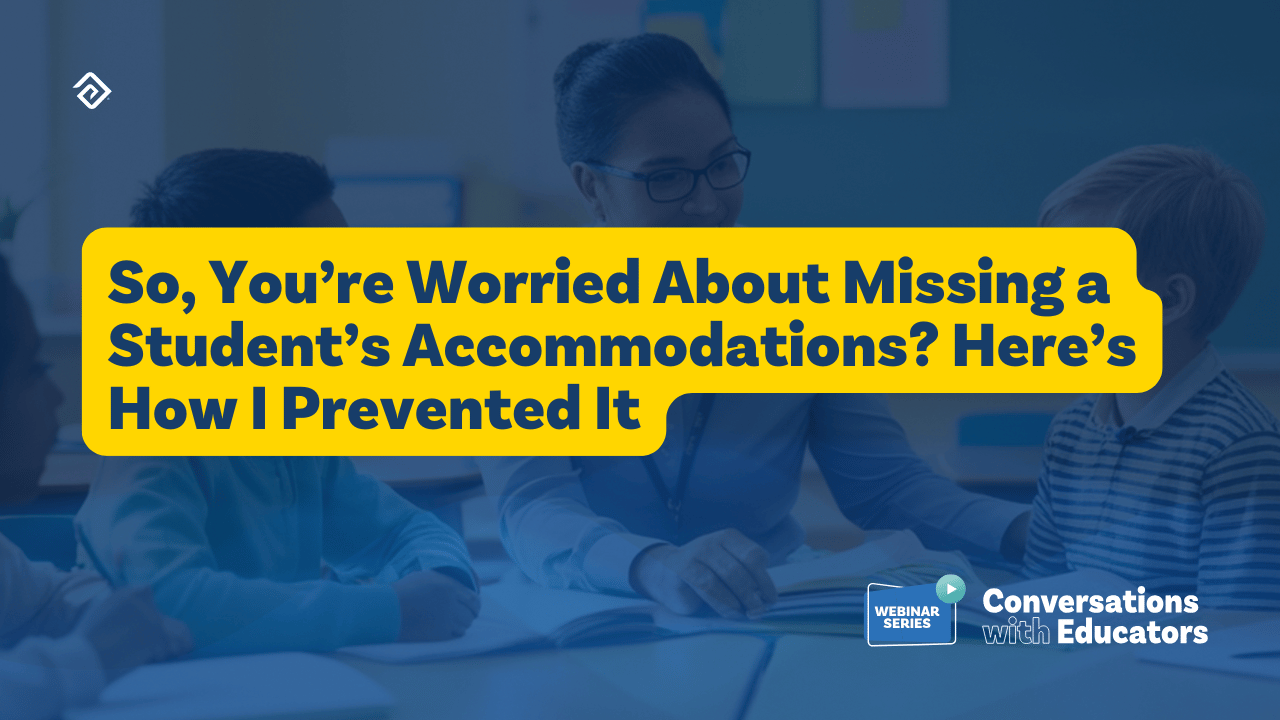Elementary School Lesson Plan Templates: What They Are & What to Include
What Is a Lesson Plan?
Unlike a middle school or high school teacher who may specialize in a specific content area, an elementary school teacher often has a lot of topics to cover over the course of an entire year. Each topic must be delivered in such a way so that all students reach mastery of specific knowledge and skills needed to progress to the next level of their learning development. To do this properly, lesson plans are essential as they serve as both the global overview of when and in what order things will be taught, but also a more detailed roadmap for the teacher to follow. Lesson plans contain all the necessities for effectively conducting a class, from the lesson topic and goals to the activities, specific methodology, assessments, and remediation plan if students are not initially successful. What is more, it also certifies that all required topics are presented with conscientious foresight to ensure teaching is effective and engages children with research-based learning strategies.
Reasons Why You Need a Lesson Plan
Teaching is an enormously complex and complicated endeavor that includes numerous variables and requires educators to make hundreds of crucial academic decisions on any given day. Most adjustments are time sensitive and occur during the course of daily instruction. A quality lesson plan focuses effort on the intended learning objective and proactively addresses upcoming choices and questions to reduce stress while increasing the time a teacher has to make important decisions. When written correctly, it should include all the important components of instruction and ensure the teacher is optimally prepared before instruction begins. Great lesson plans should also include an opportunity for reflection once a lesson has been delivered – students are constantly changing and so our teaching should always be changing to suit their needs. As with most things in education, there exist many wonderful exemplars for all grade levels and all subject areas.
Here are some Elementary School lesson plan templates to consider:

What is a Lesson Plan Template?
A lesson plan template is a pre-designed document that guides a teacher through the process of considering all required parameters that can be used to create an exemplar lesson. While the content of the template varies based on school or district requirements, basic details include the teacher’s name, the subject, chapter, topic, time expected to complete the topic, method, strategies, and assessments. Daily, weekly, and monthly lesson plans can help adapt day-to-day teaching while establishing a baseline to make later adjustments based on lesson performance.
When considering lesson plan templates, keep in mind that an elementary school teacher’s lesson plan is quite different from a high school teacher’s because of the content delivered and the time allotment provided for classroom structure. The content of these preliminary guides may change based on the amount of time the teacher intends to dedicate within a specific template:
- Daily Lesson Plan: These are more detailed, specific, minute-to-minute steps for a specific lesson.
- Weekly Lesson Plan: Provides a broader and less specific view of what students are doing in your classroom over the course of a week.
- Monthly Lesson Plan: A bird’s eye view of how you intend to get from point A to point B over the course of a month. This is a handy tool to make sure learning happens at an established pace.
Components to Include in an Elementary Lesson Plan Template
Teachers have great autonomy when determining how to approach instruction and organize it to meet student needs. There are innumerable formatting options for lesson plan templates that may appeal to an individual teacher. No two lesson plans are identical, and the specifics will differ depending on the subject being taught, the grade, the class, the educator, the learners, and the institute.
When considering the selection or design for a lesson plan template, first determine the most important components and how they should be incorporated into a planning template. Below are essential aspects that should appear within any effective lesson plan.
Learning Objectives/Targets
Learning objectives/targets provide a specific focus for learning and describe the depth of knowledge teachers expect from students.
Standards Alignment
Understanding how the lesson’s learning objective/target aligns with district and state standards adds context and relevance to the lesson. This connection makes finding instructional and assessment resources more efficient as many available resources are aligned to broader standards. Including a standards component in your lesson plan template supports explicit and transparent connections to standards.
Assessments
Learning objectives/targets describe what students should know and be able to do while assessments evaluate that work. As descriptive as many learning objectives/targets are, they are unable to firmly articulate how students demonstrate proficiency. Designing assessment items or activities with the end goal in mind before designing a lesson provides a clearer understanding of what students need to accomplish to master the objective, presenting greater clarity to support the journey to these end results. Types of assessments to include:
Formative vs. Summative:
- Formative assessments are those given throughout a lesson or unit and evaluate one or two learning objectives/targets.
- Summative assessments are those given at the end of a lesson or unit and evaluate multiple learning objectives/targets.
Informal vs. Formal:
- Informal assessments are an intuitive evaluation method where the teacher assesses students without measuring their performance against an established rubric or metric and can be used to evaluate a student's progress at different points in the learning cycle.
- Formal assessments include a more data-driven method that teachers depend on to score every student objectively. Depending on the context, formal assessments can be norm-referenced or criterion-referenced.
Materials
Create a list of materials required to facilitate a lesson to improve lesson plan efficiency. This includes standard items such as paper, pens, and rulers as well as technological and reference resources.

Embarc now integrates with Google Classroom
Procedures
The procedure portion of the lesson plan includes the instructional content for the session, beginning with a dynamic opening or anticipatory set that engages the students and establishes the learning objective as well as providing the instructional strategies intended during the main portion of the lesson. It should also include whether students will work independently or within a group and any additional models such as specifics about guided and independent practice.
Finally, procedures should include a strong closing activity that clarifies any potential misconceptions. With so many parts, some templates will break down the procedure into separate segments:
- Dynamic Opening
- Modeling
- Guided Practice
- Independent Practice
- Closure

Bottom Line
A lesson plan influences the teacher's efficacy inside the classroom. To help establish a quality module, a lesson plan template serves as an exemplar of what a plan should possess, including important integrations to assure effective instruction. It provides a clear learning objective and defines how students will demonstrate mastery of the concepts while providing the teaching procedures and all logistical lesson considerations to support the ability of a teacher to deliver effective instruction.
More Great Content
We know you'll love




